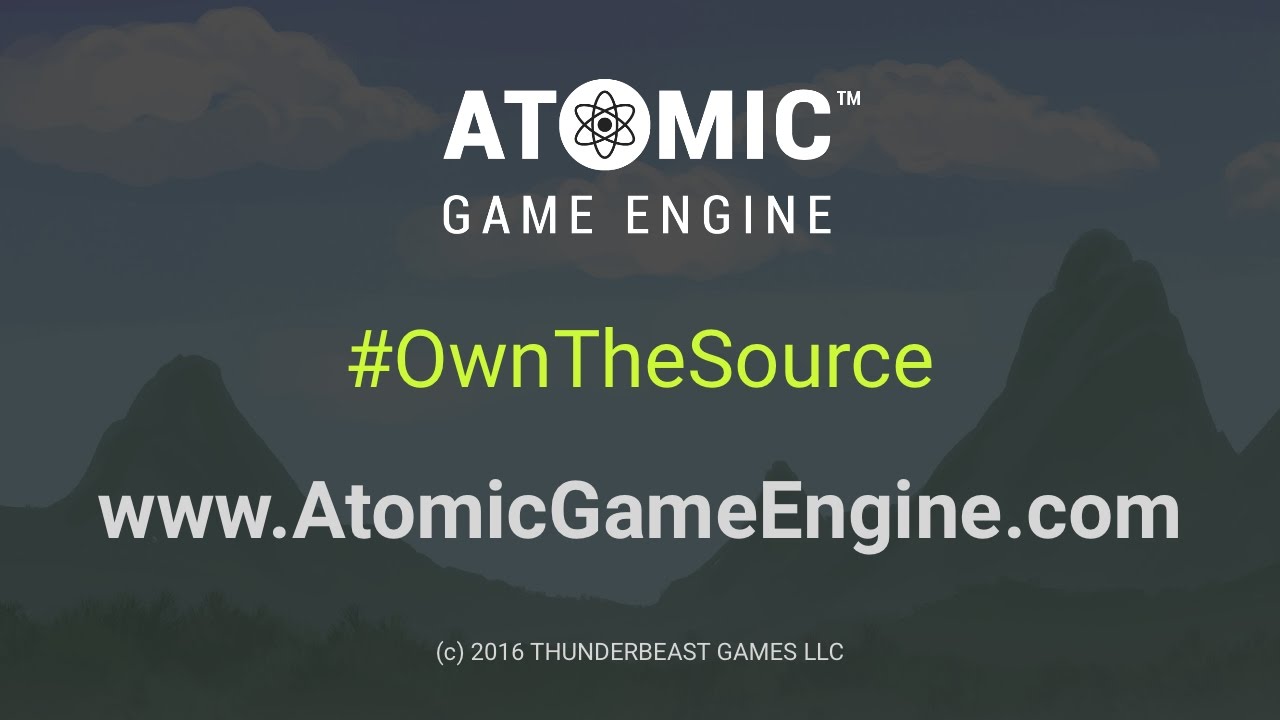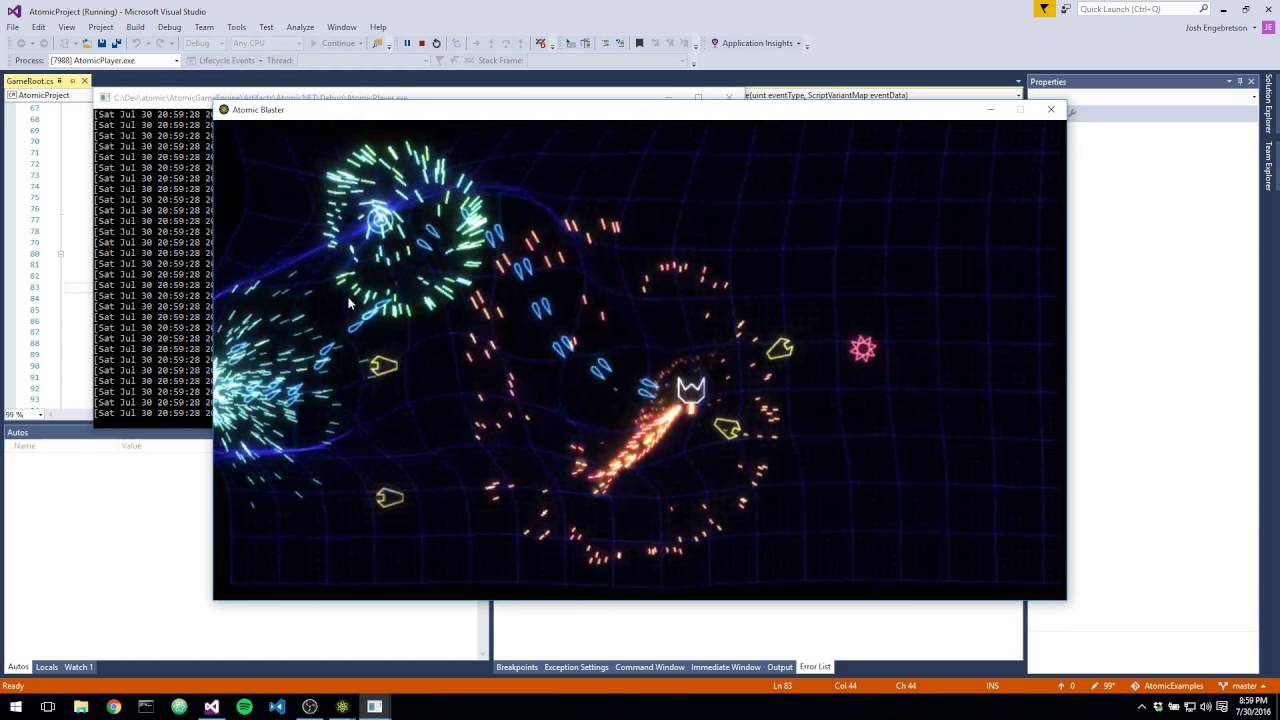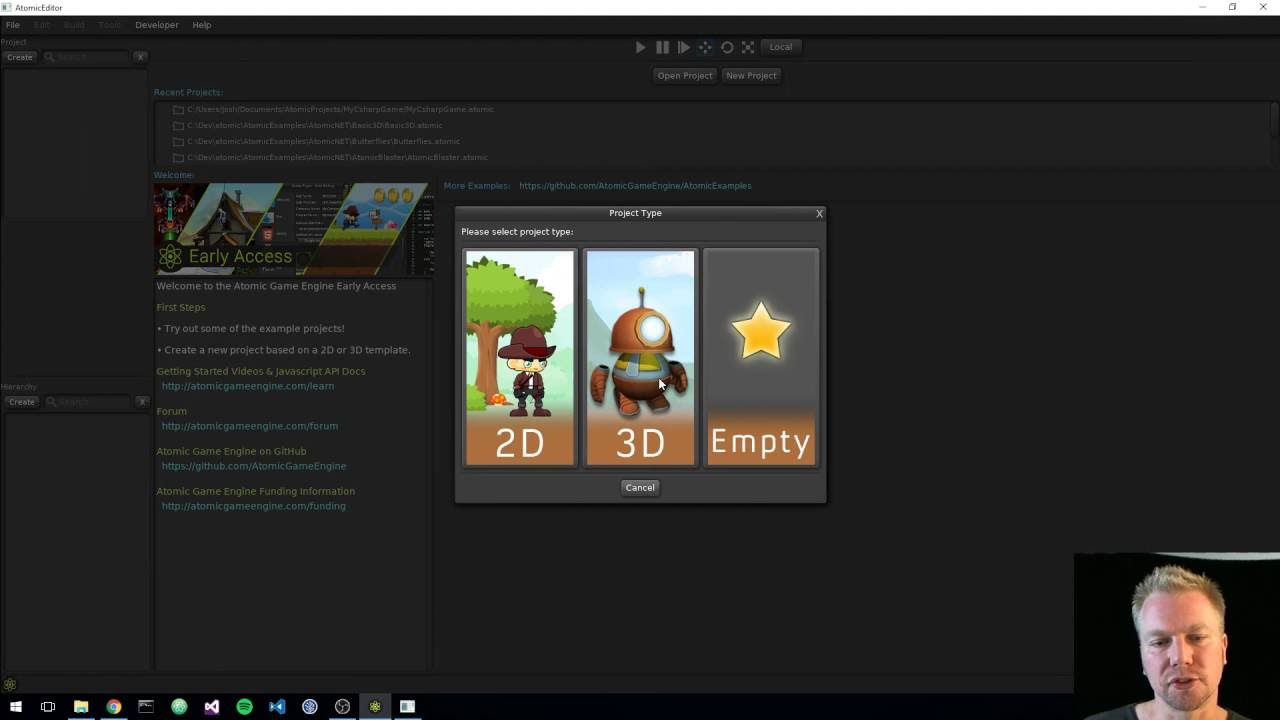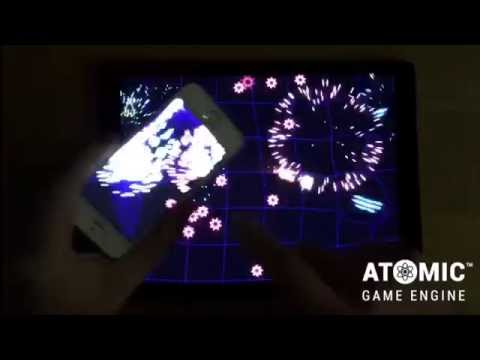Hey guys,
Atomic is a very different project than Urho3D. I have great respect for Urho and, as acknowledged in this thread, wouldn’t have gone down the path of creating Atomic if not for the Urho3D base. I also contacted @cadaver on the frontend to make sure that, even though the code is MIT licensed, that there wasn’t a problem “morally”. If there would have been a problem, philosophically speaking, we wouldn’t have gone down this path. There wasn’t, instead we received some great advice, and so we did…
Urho3D is MIT, the bulk of the code where we use it, the runtime, is MIT. Urho3D is itself made up of quite a number of FOSS dependencies and we have added even more to the list. The tooling license, which is not MIT though is full source, does have a very plain language “don’t make a competing game engine” clause, as we want it clear that taking the Atomic Editor and running with it, is not desired and WE would have a problem with that…
The only thing I personally feel weird about is having to rename the Urho3D namespace, when we started it was simply “Engine” and that worked great, if we had started with Urho3D that would also have been fine as I would have created an Atomic namespace alongside it. Though, we had everything in the Engine namespace, so it made more sense to switch to Atomic namespace and stick with it 
There are and will be a lot of people finding out about Urho3D through Atomic as we certainly do not hide the lineage. It wasn’t by accident that it is first on the “Friends of Atomic” list  http://atomicgameengine.com/about/
http://atomicgameengine.com/about/
There’s not much chance we’ll make everyone happy about Atomic existing, but do understand that we’re a tiny company of 2 people, one household, and have put all of our personal finances into getting Atomic off the ground. We do want to make a living working on games and supporting Atomic, and have been publishing updates here the entire time.
There’s a full featured free version and we’re also offering Atomic Pro for free to anyone who contributes to Atomic, Urho3D, or any of the third party technology used. So, if you have written ANY code that is used in Atomic, you can use it for absolute free. http://atomicgameengine.com/blog/announcement-1/












 I really like the Shield, great piece of hardware!
I really like the Shield, great piece of hardware!














































